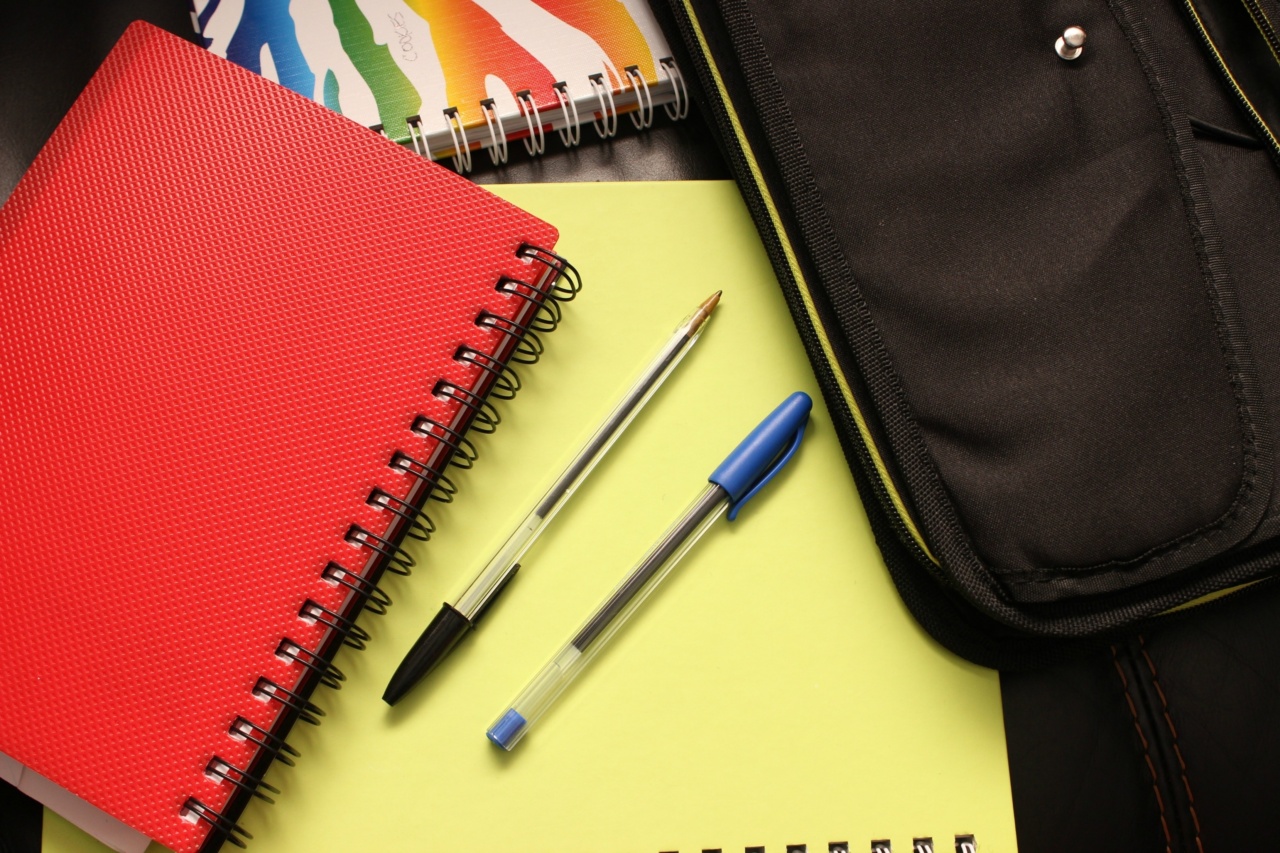As students spend hours each day carrying heavy school bags, they often encounter various discomforts and health problems. From muscle strains to back pain, these issues can greatly affect a student’s well-being and academic performance.
However, there are several practical solutions to address these common school bag issues.
1. Choose the Right Bag
The first step in ensuring a comfortable and safe experience with school bags is to choose the right one. Opt for a bag that is appropriate for your child’s age and size, with adjustable straps to evenly distribute the weight.
Backpacks with padded back panels and straps provide better support and reduce strain on the shoulders and back.
2. Pack Only the Essentials
Encourage students to pack only what is necessary for the school day. Carrying unnecessary items adds unnecessary weight to the bag.
Regularly remind your child to clear out old papers, books, and other items that are not needed, reducing the load on their back.
3. Organize the Bag
A well-organized bag helps distribute weight evenly and reduces strain on specific areas. Utilize different compartments to separate items and prevent them from shifting and causing discomfort.
Heavier items should be placed closer to the center and near the student’s back to maintain balance.
4. Use a Rolling Bag
For students who frequently carry heavy loads, using a rolling bag can be an effective solution. Rolling bags eliminate the need to bear the weight on the shoulders and can be especially beneficial for students with existing back or muscle problems.
However, be cautious of stairs and uneven surfaces when using rolling bags.
5. Take Regular Breaks
Encourage students to take regular breaks between classes or during long walks while carrying their school bags. This allows their muscles to relax and prevents prolonged strain.
Help them develop a schedule to ensure breaks are incorporated into their daily routine.
6. Strengthen Back and Shoulder Muscles
Regular exercise can play a significant role in minimizing school bag issues. Focus on exercises that strengthen the back and shoulder muscles, such as yoga, swimming, or weightlifting.
Strong muscles provide better support for the spine and help reduce the risk of strain or injury.
7. Adjust the Bag Properly
Ensure that the bag is adjusted to the appropriate height to optimize comfort and reduce strain. The bag should sit just above the waist, with the straps adjusted to fit snugly on the shoulders.
Avoid carrying the bag too low or excessively tight, as both can lead to discomfort.
8. Utilize Lockers or School Storage
If available, encourage students to utilize lockers or school storage options to reduce the amount of weight they need to carry throughout the day.
This allows them to retrieve the necessary materials for each class individually, lightening their load and minimizing strain.
9. Educate Teachers and Schools
Foster awareness among teachers and schools regarding the impact of heavy school bags on students’ well-being.
Encourage school administrators to implement policies that promote lighter backpacks, such as digital textbooks or providing additional time for students to transfer materials between classes.
10. Regularly Evaluate and Update the Bag
Lastly, regularly evaluate the condition of the school bag and replace it when necessary. Over time, wear and tear can decrease the bag’s ability to provide proper support, potentially increasing the risk of strain or injury.
Keep an eye out for signs of wear and look for bags that offer durability and longevity.































